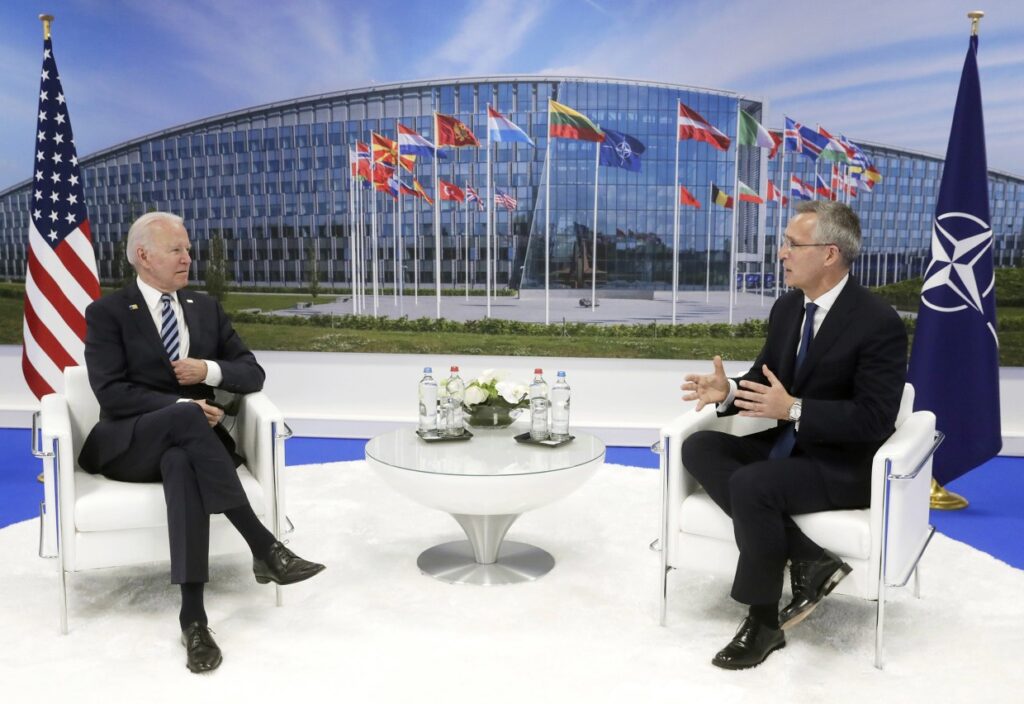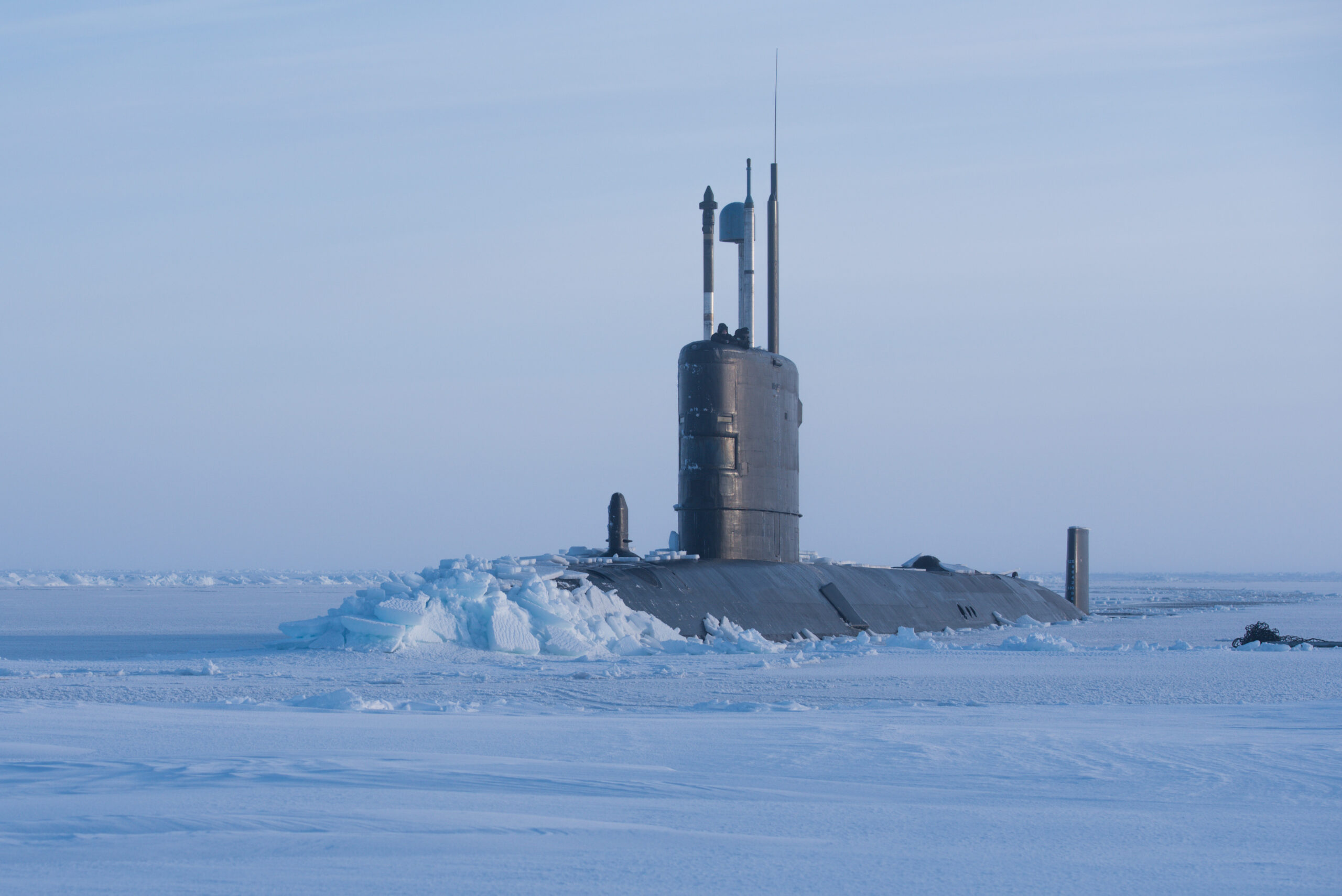Retracing the most impactful events of the past year has become a December tradition for readers familiar with The Affiliate Network. In a year that started with a violent – and nearly successful – attempt to overturn a US Presidential election, and is ending with a military standoff that could draw NATO into combat against Russia, it would seem to be difficult to find much more to talk about…But 2021 has been special for all the wrong reasons. Two years following the COVID-19 outbreak, political turmoil lingers around the world. Latin America regressed two decades in terms of extreme poverty; and the fight against supply-chain bottlenecks continues to hinder commerce globally. The response from the Biden Administration has been to return to multilateralism. They have explored the possibility of restarting the Iran nuclear deal, reclaiming leadership on climate change and Pacific trade, and have visibly strengthened alliances damaged by the previous administration’s transactional approach. There are signs however, that much of Biden’s multilateral tendencies are superficial, leaving us to wonder whether we are witnessing a rocky return to the status quo ante or if Trump left us with a new, less-cooperative, normal.

Trade
Poised to become the world’s leading industrial power by 2049, China’s National People’s Congress released long-term objectives shortly following their centenary celebration in July. Central to these objectives is China’s “dual circulation strategy,” that will allow a balance of domestic demand and export markets to spur economic recovery since the outbreak of COVID. In the short term, dual circulation will integrate with the current Belt and Road Initiative. A good example of this integration is the Colombo Port City (CPC) in Sri Lanka. Through real estate development, business development, and technical outbound investment, China plans to launch CPC as a financial services center for South Asia. The strategy behind the project presents a challenge to the influence of the United States in Asia, a challenge that has been growing for decades.
After four years of self-defeating hostility from the Trump Administration toward trade agreements, the White House is making superficial attempts to regain a place in the Indo-Pacific economic order. While on the surface this seems a repudiation of the previous administration’s trade policy, it is more a reflection of reality in the region. Despite the differences in tone, Biden has done little to advance climate goals or bolster the successor to the Trans-Pacific Partnership; the Comprehensive and Progressive Agreement for TPP (CPTPP). In addition, the domestic indecision that mired US vaccine assistance earlier this year made it seem as or more cynical than the overt vaccine “diplomacy” practiced by China and Russia. On trade, climate, and the pandemic, the United States is struggling to lead and failing to find a way to make multilateralism work. On security, the situation is more complicated.
Security
In September, US foreign policy concerns about China took on a distinctly military focus when the leaders of Australia, the United Kingdom, and the United States announced the AUKUS security deal. In their piece: Collateral Impact: The Calculus of AUKUS, Travis Johnson and Lino Miani analyzed the potentially far-reaching impact of the trilateral agreement. The centerpiece of the deal was the provision of nuclear submarines to Australia which came at the expense of a similar arrangement with France. The French submarine deal had long been the subject of controversy in Canberra because it was estimated to be $70 billion over budget and had failed to deliver any significant capability in the five years since its inception. The subsequent outrage from Paris prompted discord between allies and put pressure on certain provisions of the Non-Proliferation Treaty (NPT). An erosion of these accords leaves room for Chinese diplomacy to further divide the United States from its European allies in ways that are not directly connected to AUKUS.
Any success or failure of AUKUS in the Indo-Pacific will be completely overshadowed by the drama of the collapse of the Islamic Republic of Afghanistan. The last year of the Trump presidency featured an apparent drive for a deal with the Taliban at any cost. With little room to maneuver that didn’t just prolong the war, President Biden extended the Trump Administration’s May 1st deadline for the withdrawal of all U.S. troops but did nothing to advance a deal between Kabul and the Taliban. Ultimately the delay simply allowed America’s enemy of two decades to position itself for a takeover as American troops managed a desperate and devastatingly chaotic last stand at the airport. With the Taliban back in charge, America cut ties with Afghanistan and now sits on the sidelines while the Central Asian winter and an unfamiliarity with actual governance has rendered the Taliban unable to provide for millions while they consolidate their power.
More worrying perhaps has been the unexpected and seemingly unprovoked escalation of tension in eastern Ukraine. A large Russian military buildup so alarmed Washington that President Biden spent the better part of a week in early December in virtual summits with NATO and other allied leaders and ultimately Russian President Vladimir Putin. The solidarity from NATO was effective at deescalating tension, at least temporarily, but must be viewed in light of intra-allied stresses caused by AUKUS and the US decision to withdraw from Afghanistan. Though it is not completely clear that Russia is deterred, Putin’s bold saber-rattling has succeeded in igniting a debate over the legitimacy of NATO expansion in the 1990s. The Kremlin’s seemingly outrageous demands would not have been outrageous in 1997. In 2021 Putin is pressing an advantage that only he can see. Whatever the eventual outcome of the crisis, Ukrainian membership in NATO is dead in the water.
Alliances and the return of multilateralism represents the hallmark of 2021. Yet, strategy must not be cooperation for cooperation’s sake. NATO was founded in 1949 with the original purpose of ensuring that the core industrial, economic, and military regions of the world did not fall under the sway of a hostile power. The case of AUKUS is cut from the same cloth. Still, expansion should not be a substitute for long-term stability or diplomacy. Where Western sanctions against Russia have shown success, a similar military presence in Ukraine risks the threat of all out war. Ultimately, diplomacy, trade, and security must serve those willing to build and balance the peaceful international order.
 Travis Johnson is an active duty US Marine pursuing a MA degree in intelligence studies and is the associate editor for The Affiliate Network.
Travis Johnson is an active duty US Marine pursuing a MA degree in intelligence studies and is the associate editor for The Affiliate Network.




 Travis Johnson is an active duty US Marine pursuing a MA degree in intelligence studies and is the associate editor for
Travis Johnson is an active duty US Marine pursuing a MA degree in intelligence studies and is the associate editor for 